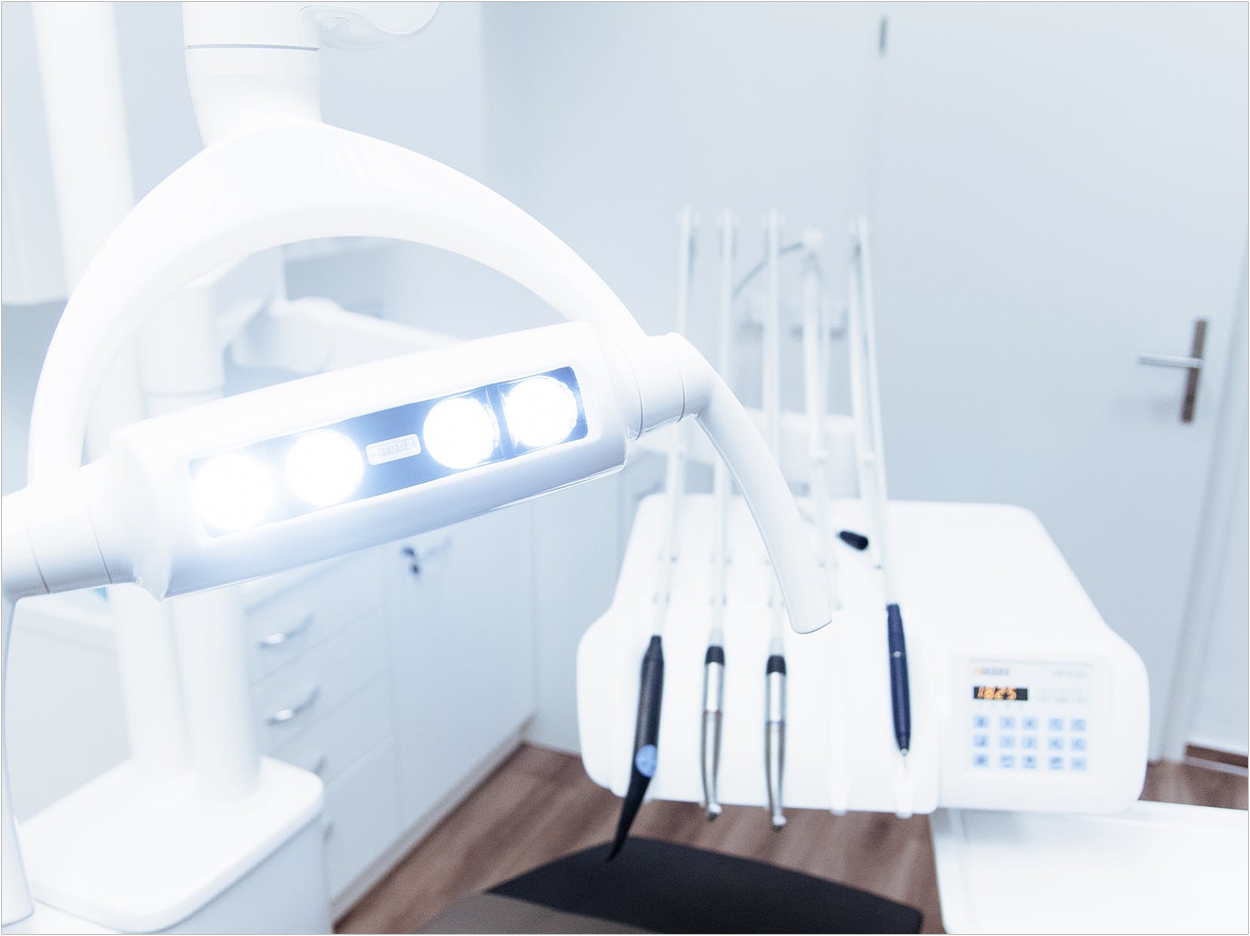
Dentists significantly reduced their marketing efforts in 2020, according to DMscore, which ranks practices against regional competitors on a scale of one to 100.
Single practices struggled for visibility the most, as only 1.44% had a score over 70. More than 50% of them had scores under 30, and only 4.5% of them were buying Google Ads.
By contrast, 32% of large practices and dental service organizations (DSOs) had higher scores of more than 70, and 50% of DSO offices were in the top three marketing positions for their location.
DMscores dropped meaningfully across all sectors in 2020, the company said. Compared with April, December 2020 saw a larger concentration of scores in the lowest range of zero to 30.
The general downward shift in scores, including DSOs that continued to spend, was at least 5% across the board. Scores tend to favor larger practices, where marketing often gets more attention, DMscore said.
DMscore’s research data strongly suggests that larger multi-location practices and DSOs consistently spend more on marketing. This level of effort yields a higher score, with the score itself serving as a bellwether for practice viability.
In 2020 during the pandemic, marketing activities were reduced across the industry, and so were DMscores. Single practices with very good DMscores between 70 and 100 dropped by 11% between April and December 2020.
It made sense at the time for practices to pull back on all types of spending during what amounted to a national lockdown, DMscore said.
But with an increasing velocity of vaccinations, some players may decide to accelerate their marketing to pull ahead of their competitors, the company said.
The current macrotrend in the dental market is consolidation, DMscore said. Except for certain well-established single practices with a large, loyal base of customers, single and small practices are facing difficult choices.
Practices in this position are either poised for growth or ripe for acquisition. Or, if they cannot raise both visibility and profitability, they may face a gradual loss of business that eventually leaves them without viable practices at all, DMscore said.
Prior to the pandemic, DSOs already were buying practices in almost every market. With COVID-19 rendering more practices vulnerable, DMscore expects this trend to accelerate in 2021.
DSOs showed a very consistent reaction to the lockdown. More specifically, 85% of DSO offices turned off their ad campaigns during their region’s lockdown periods. Most only reactivated those campaigns when the dental offices reopened.
Only 5% of DSO offices have not recovered their paid score entirely, while another 7% have achieved partial recovery.
The most significant drop was in advertising spend, which came as a result of both single practices and DSOs stopping advertising altogether during the shutdown.
Comparing December 2020 with April of the same year, single practices’ spend on ads dropped 25%, though the total percentage of single practices buying ads never was above 6% overall.
At the same time, DSOs on a much larger spending platform pulled back by about 20%, falling from 52% of DSOs to 41% of DSOs.
In any case, DMscore said, it seems that DSOs generally managed the pullback in a more strategic manner.
Rather than disappearing completely, DSOs cut back more tactically, but they retained a marketing presence that, though smaller than their prior level of engagement, still left them ahead of the underperformers in the single-practice range.
Single practices with high DMscores between 70 and 100 were always a small percentage of the whole, 2.3%, so a drop of 11% left them at 2.1%.
DSOs also pulled back, and they pulled back even more on a percentage basis than lone practitioners. However, they had started out with such an advantage that even with a sharp pullback, they still dominated the high DMscore category.
The percentage of DSO practices in the 70 to 100 range dropped from 45% to 32%, representing a drop of 25%. But DSO practices still occupied the top spots compared to single practices, underscoring the marketing prowess of larger organizations, DMscore said.
Analysis of these trends suggests that marketing visibility is a hallmark of a successful practice, DMscore said.
It also suggests that larger practices and DSOs exercise more strategic control over their marketing and that their ability to spend more on ads drives their visibility and their scores, DMscore said. Further, DMscore said, ad spend itself is a leading indicator of practice viability.
Organic search and directory presence may not generate easily trackable spending data, DMscore said, and they also require time and effort.
There is a statistically significant correlation between low ad spend and low effort on other marketing activities. If a practice is slow to spend on ads, they are likely also slow to spend both effort and dollars on other marketing activities, DMscore said.
The data points to a widening gap between the haves (DSOs) and have-nots (single practices) in America’s dental industry, DMscore said.
In an age of consolidation and COVID-driven resurgence, the winners will be the spenders, which means DSOs will continue to build on earlier successes by buying up other practices in an accelerated manner, DMscore said.
In the meantime, small, single practices must step up their marketing to expand their market footprints, remain viable as businesses, and make themselves more attractive to DSO buyers, DMscore said.
Related Articles
Independent Dental Practices to Face Marketing Challenges After the Pandemic
Your Practice’s Online Image Depends on Patient Reviews
Five Ways to Improve Relations With Your Dental Patients












